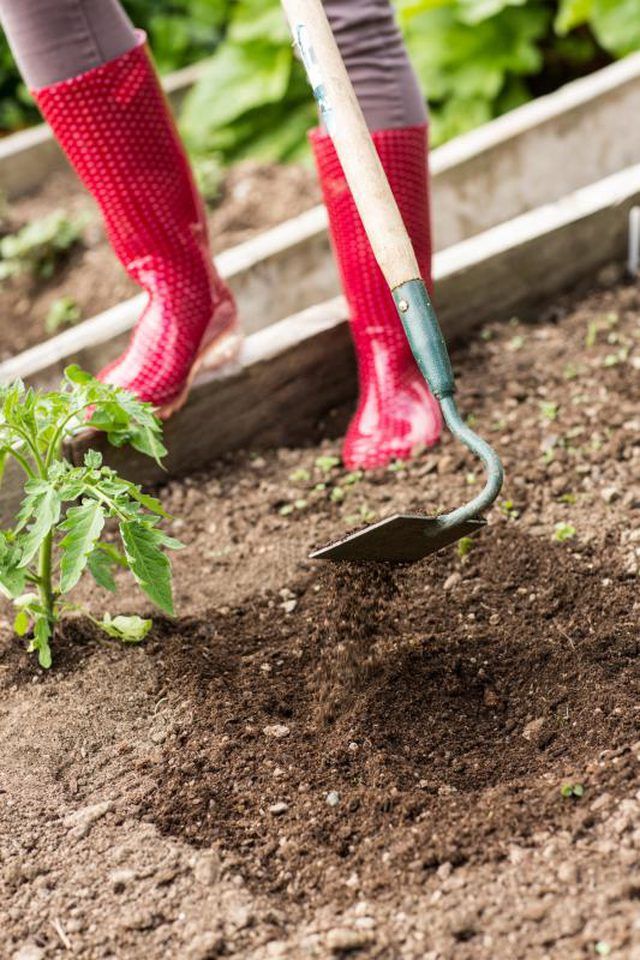Bulbs
Flower Basics
Flower Beds & Specialty Gardens
Flower Garden
Garden Furniture
Garden Gnomes
Garden Seeds
Garden Sheds
Garden Statues
Garden Tools & Supplies
Gardening Basics
Green & Organic
Groundcovers & Vines
Growing Annuals
Growing Basil
Growing Beans
Growing Berries
Growing Blueberries
Growing Cactus
Growing Corn
Growing Cotton
Growing Edibles
Growing Flowers
Growing Garlic
Growing Grapes
Growing Grass
Growing Herbs
Growing Jasmine
Growing Mint
Growing Mushrooms
Orchids
Growing Peanuts
Growing Perennials
Growing Plants
Growing Rosemary
Growing Roses
Growing Strawberries
Growing Sunflowers
Growing Thyme
Growing Tomatoes
Growing Tulips
Growing Vegetables
Herb Basics
Herb Garden
Indoor Growing
Landscaping Basics
Landscaping Patios
Landscaping Plants
Landscaping Shrubs
Landscaping Trees
Landscaping Walks & Pathways
Lawn Basics
Lawn Maintenance
Lawn Mowers
Lawn Ornaments
Lawn Planting
Lawn Tools
Outdoor Growing
Overall Landscape Planning
Pests, Weeds & Problems
Plant Basics
Rock Garden
Rose Garden
Shrubs
Soil
Specialty Gardens
Trees
Vegetable Garden
Yard Maintenance
How to Sharpen a Hoe
How to Sharpen a Hoe. The common garden hoe is a cutting tool that rarely, if ever, gets sharpened. But a sharp hoe will cut through weeds, roots and heavy soil much better than a dull one, making for easier work. A new hoe’s cutting edge is a single bevel along the bottom edge of the blade. You want to re-create that edge bevel as you...

The common garden hoe is a cutting tool that rarely, if ever, gets sharpened. But a sharp hoe will cut through weeds, roots and heavy soil much better than a dull one, making for easier work. A new hoeís cutting edge is a single bevel along the bottom edge of the blade. You want to re-create that edge bevel as you sharpen the hoe.
Things You'll Need
10-inch flat mill file
Vise or clamp
Old rag
Medium-grit sandpaper
Coarse steel wool
Work gloves
Safety goggles
Wash mud or dirt off the hoe blade with water and an old rag. Clean rust from the blade with medium-grit sandpaper followed by scouring with coarse steel wool. Secure the hoe to a workbench with a vise or clamp so the blade edge faces up. Place your flat mill file on the angled side of the bladeís cutting edge at approximately the same angle as the bladeís original edge. If you canít tell the angle of the original edge, place your file at about a 30-degree angle across the blade edge.
Stroke the file across the blade edge repeatedly, simultaneously pushing forward and to the side. Maintain the angle of the hoe bladeís cutting edge. Stroke the file away from you. Stop when you have created a shiny sharp edge about a quarter-inch wide across the entire width of the blade. As you work, dip the file in water frequently to wash metal filings out of the fileís teeth. Donít use cutting oil when sharpening a hoe. The metal filings will cling to the oil film and clog up the teeth of your file.
Watch for a slight edge burr to develop on the backside of the blade edge as you file. This burr is a sign that your sharpening strokes are effective. After sharpening the blade, remove the burr by laying your file flat on the opposite side of the blade, parallel to the edge, and running the file lightly along the blade edge to take down the burr. When working with the sharpened hoe, touch up the edge with a file whenever you start feeling like the hoe is having difficulty getting through the weeds.
Tips & Warnings
Wear work gloves and safety goggles when sharpening a hoe blade to prevent filings from getting stuck in your fingertips and your eyes.